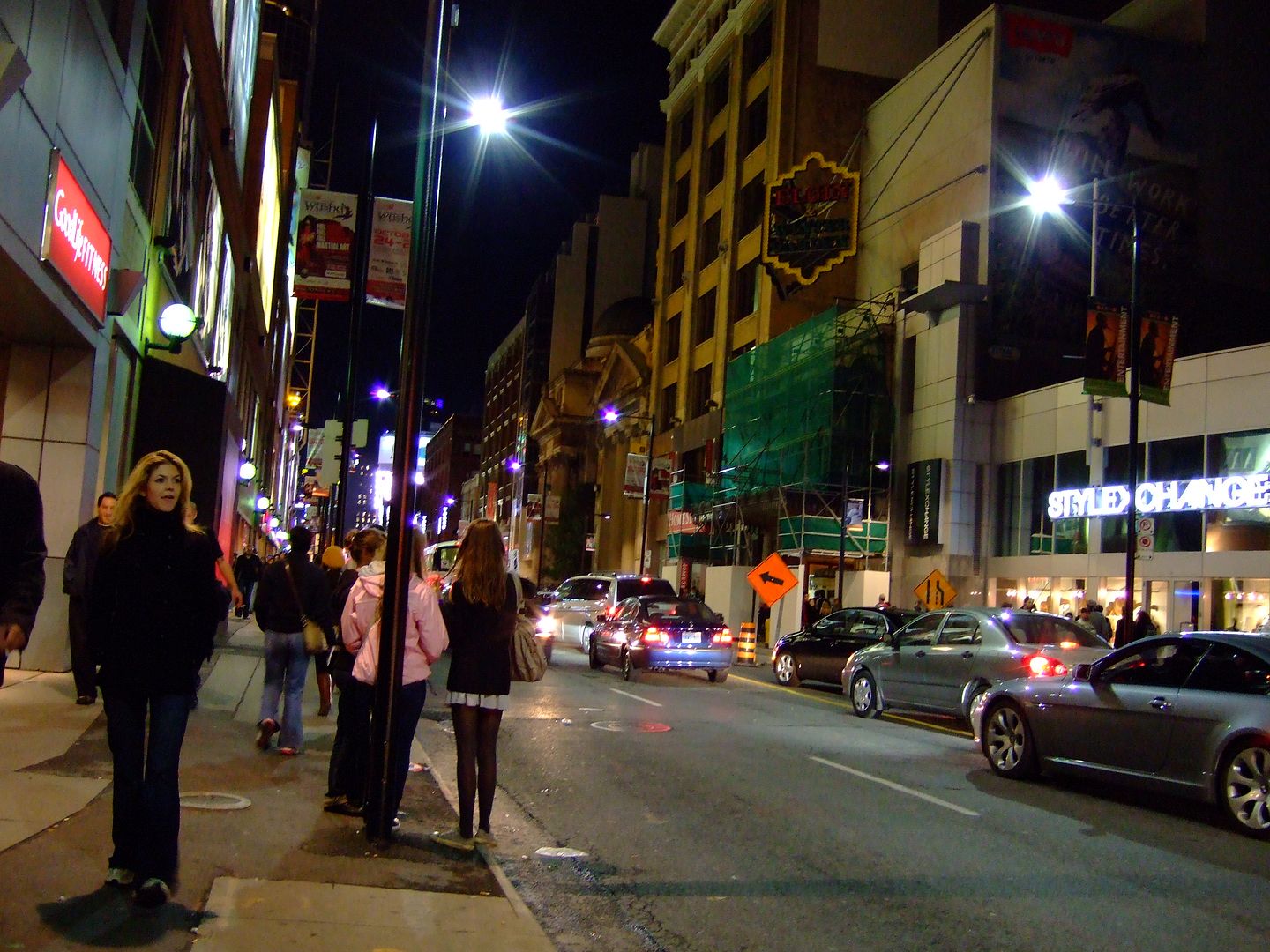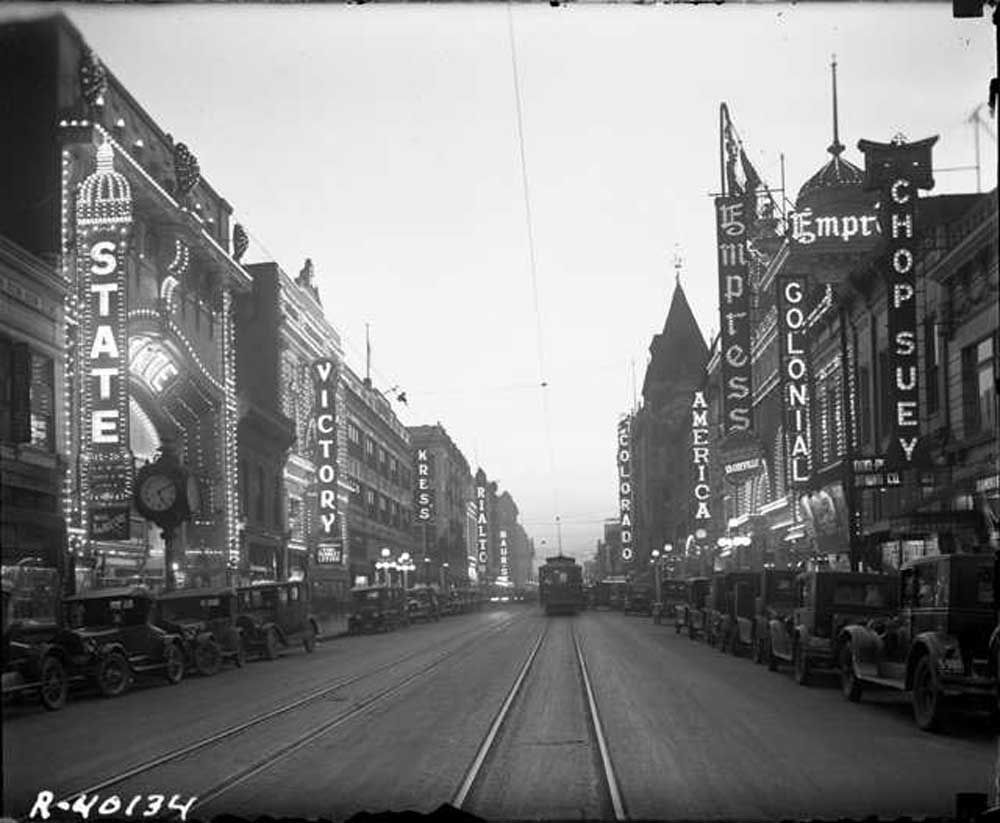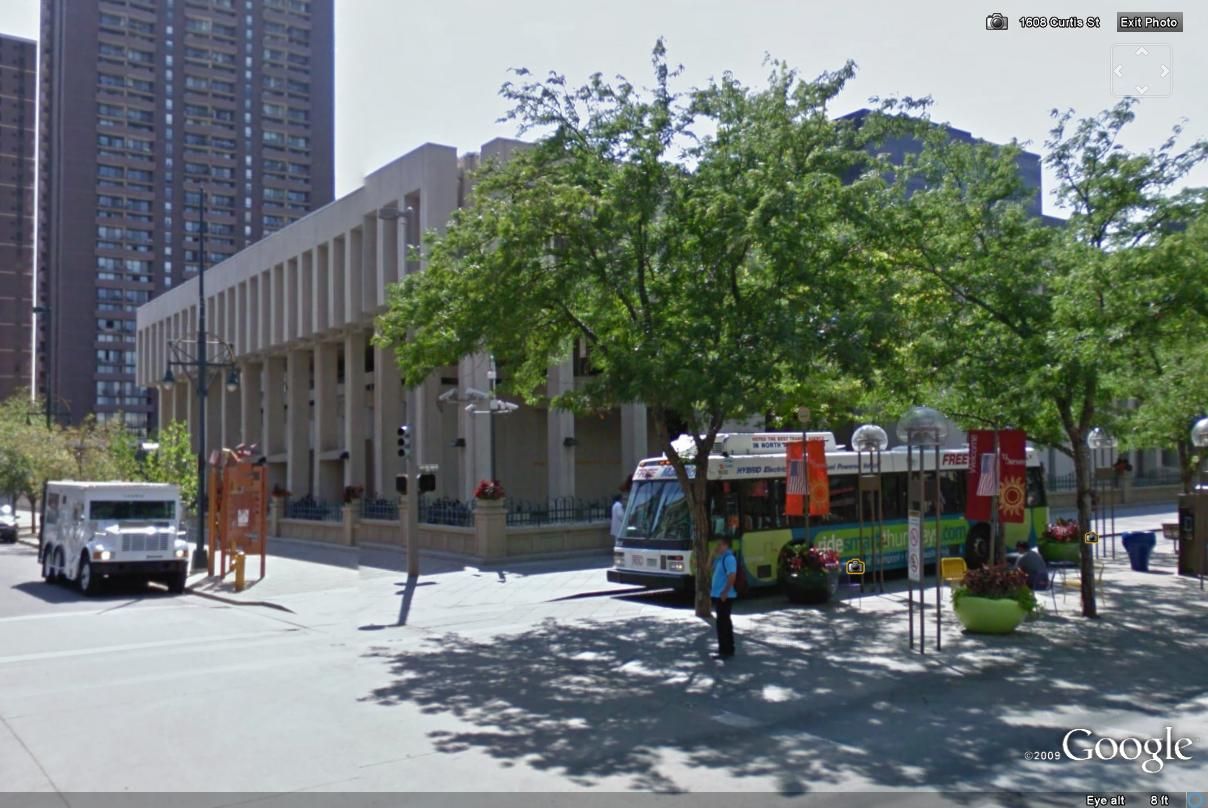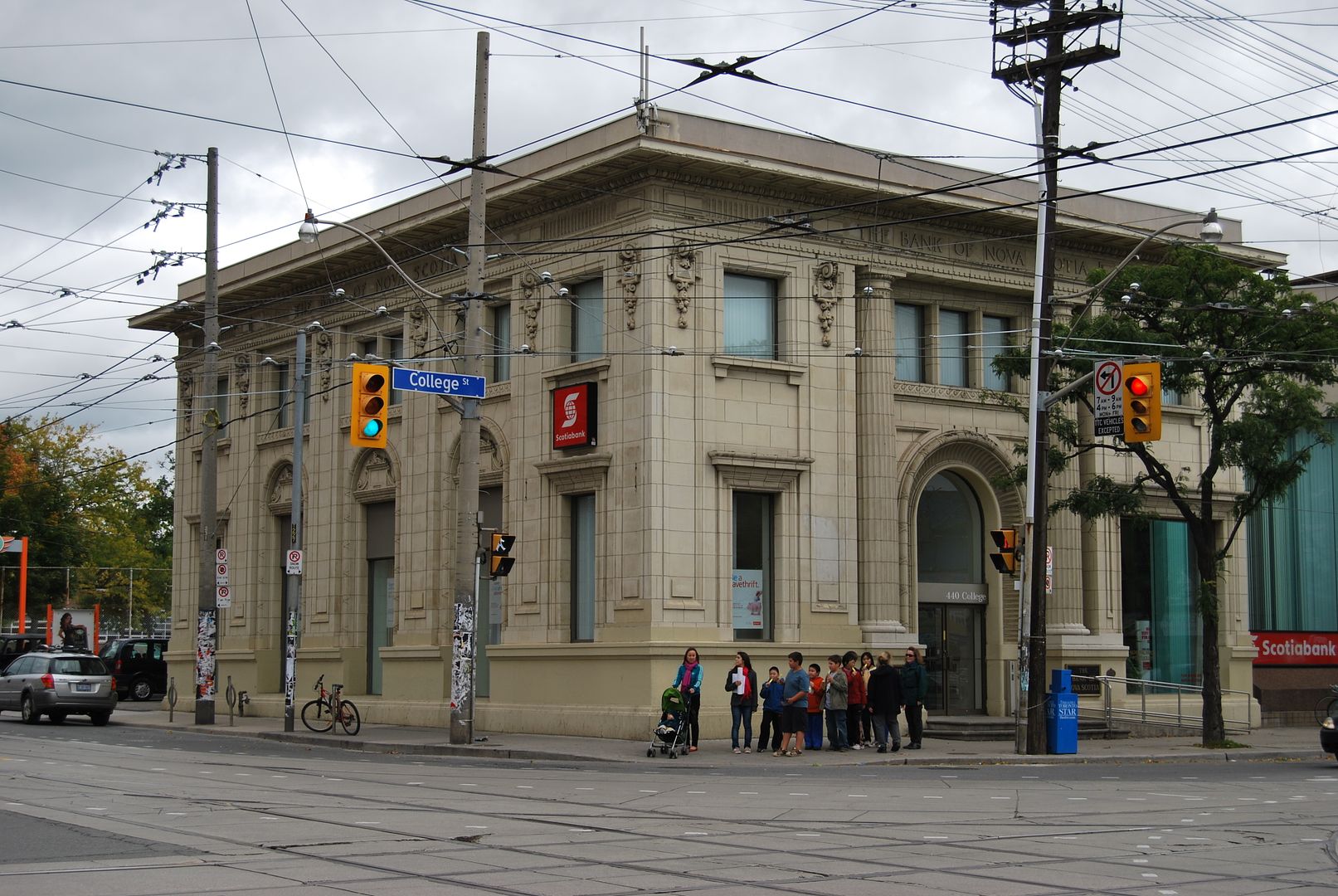Goldie
Senior Member
Toronto Street
Thanks to thecharioteer for those additional photos.
I love seeing the Toronto Street of old.
I hope to get down there soon to shoot more of my own.
I haven't rubbed shoulders with the Hollinger crowd for 3 years.
I wonder what's happening to Black's old office. Renovations or demolition?
Thanks to thecharioteer for those additional photos.
I love seeing the Toronto Street of old.
I hope to get down there soon to shoot more of my own.
I haven't rubbed shoulders with the Hollinger crowd for 3 years.
I wonder what's happening to Black's old office. Renovations or demolition?




















